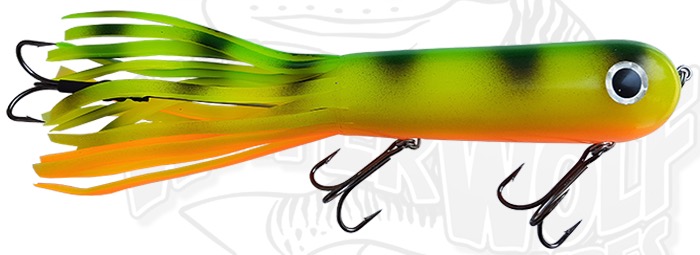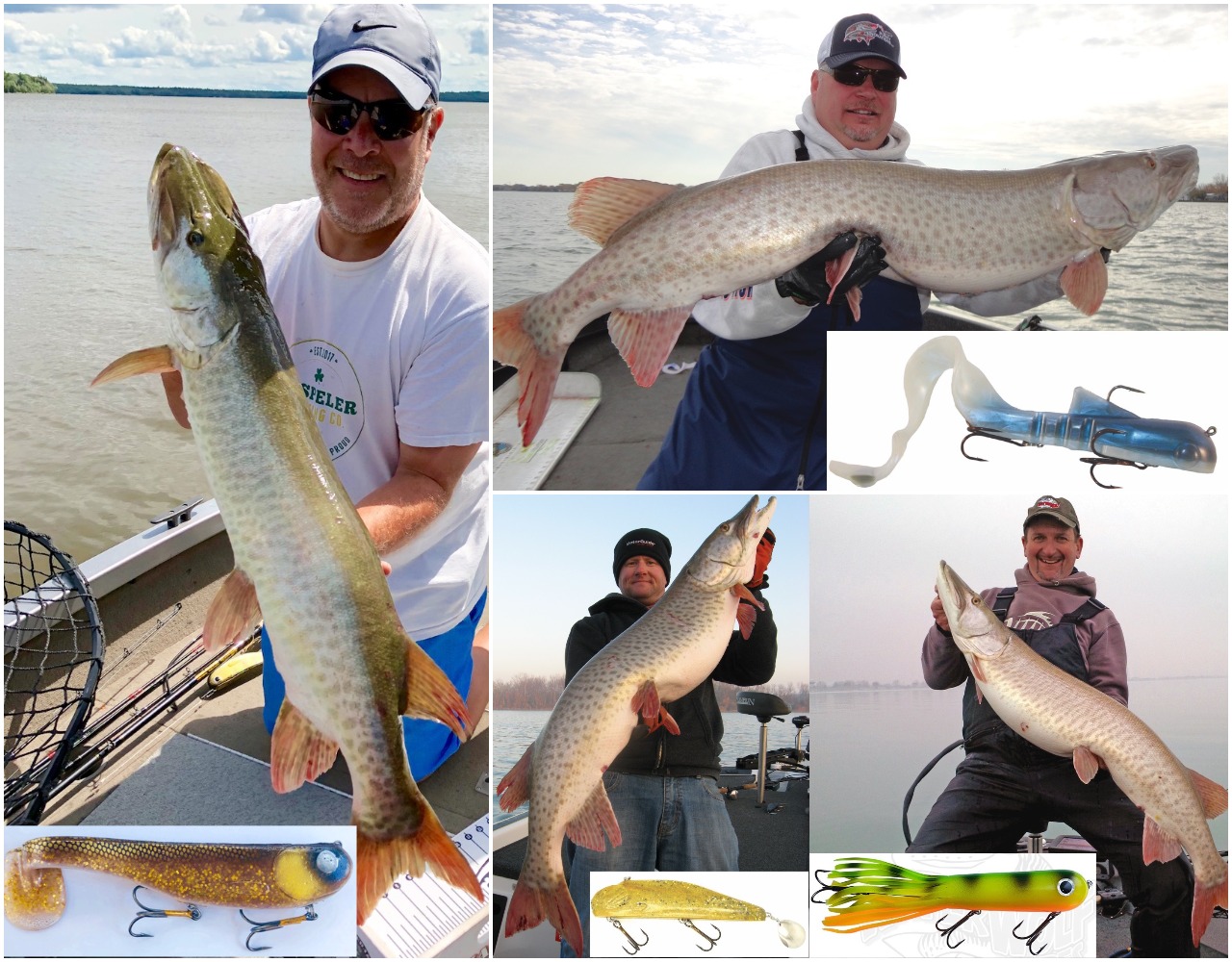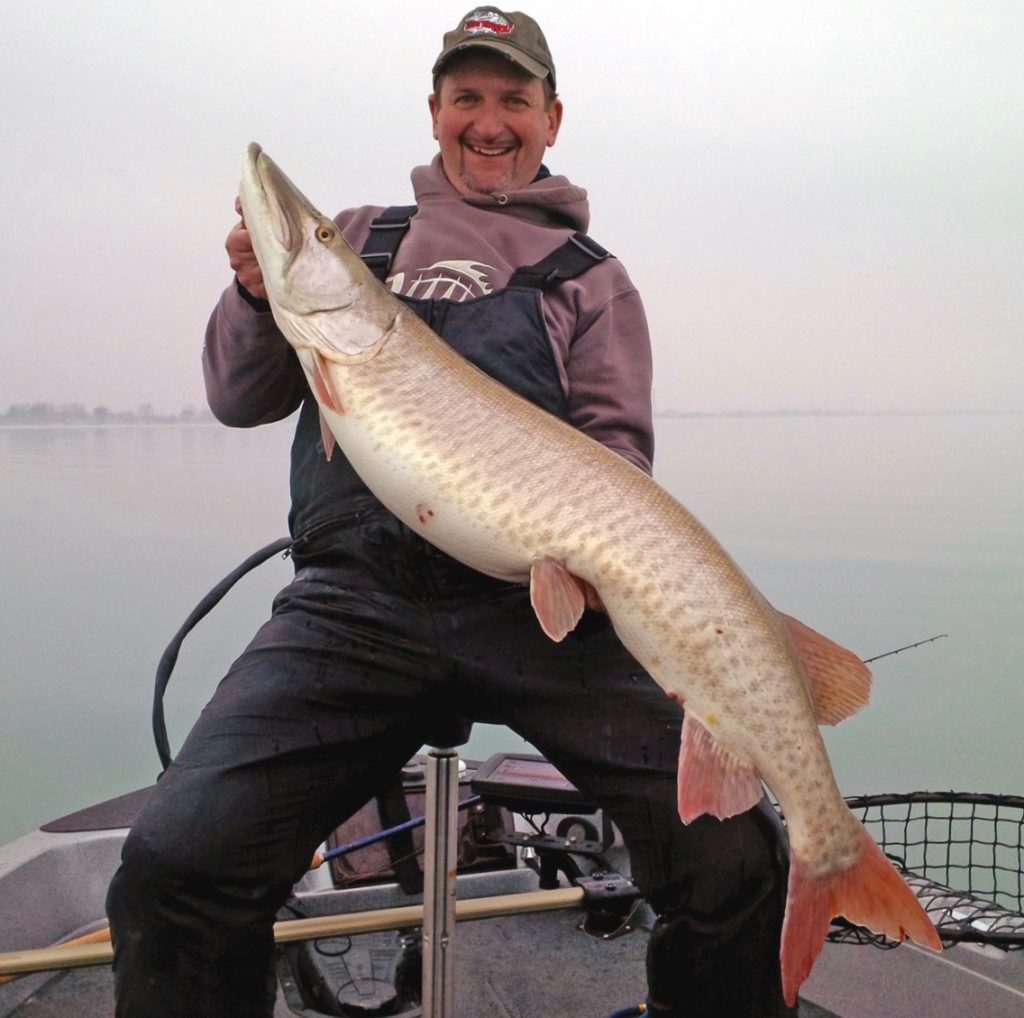Giant slayers
The makers of the top soft-plastics for muskies explain how best to fish them
Advertisement
GATOR TUBE
I should probably keep this to myself, too, but I caught my biggest muskie last season on a Gator Tube from Roslin, Ontario’s Water Wolf Lures. I think they’re the most underused soft-plastic style of muskie lure out there, and while part of me hopes they stay under the radar, I’m in a confessional mood.
All joking aside, what fascinates me about tube jigs is that they’re the go- to lure for almost every top-notch crappie and bass angler I know. And I’ve caught more lake trout jigging a tube through a hole in the ice than all other lure styles combined. They barely get a second thought when it’s time to chase big toothy critters, however, and that’s a mistake.
Advertisement
“We designed our first five-inch oversized Tubezilla back in 2005,” says Water Wolf Lures owner Mike Nabulsi (above). “I designed it for big bass, northern pike and lake trout, but it wasn’t long before our customers started asking for an even bigger muskie version.” It took the company a few more years to come up with the correct body diameter, length ratio and rigging technique, but it now makes Gator Tubes in seven-, nine-, 11- and 13-inch sizes.

Nabulsi tested the first Gator Tube on the prolific Kawartha Lakes, and he says it wasn’t long before he realized he had Tony the Tiger by the tail. The key was getting the tube to have a slight nose drop, with just enough weight to create a forward glide without sinking too quickly. That balance is pure genius, allowing you to fish Gator Tubes on a semi-slack line the same way you would work hard and soft jerkbaits. The difference is, the tubes don’t suspend or float back up the surface. Instead, they slide and glide to the left and right, before commencing the death spiral for which they’re famous.
“Early in the season, I fish the 11-inch Gator Tube on our one-ounce casting rig to cover shallow weed edges,” says Nabulsi, who favours a nine-foot, heavy-action rod, along with a baitcasting reel spooled with 100-pound braid and a 16-inch-long, 120-pound hard-monofilament leader for its buoyant properties. “I use a slower, more methodical retrieve, targeting post-spawn fish that are not yet chasing faster, noisier baits.”
Advertisement
From mid-summer to late fall, however, he likes casting an 11- or 13-inch Gator Tube rigged on a two- or three-ounce jighead around deeper drop-offs. The key later in the season, he says, is keeping your bait down near the bottom where the bigger fish are resting during the day.
Perhaps the biggest obstacle you need to overcome if you’ve never used muskie-sized tubes is getting over the mindset that you have to retrieve it quickly. As a general rule, you’ll generally catch more and bigger muskies when you bring your tube back to the boat employing a smooth walk-the-dog rhythm. Just cast it out, work it effortlessly and, once you hook a giant, you’ll know what that muskie addiction is all about.
Advertisement
Fishing editor Gord Pyzer has no intention of getting help to cure his muskie addiction.


